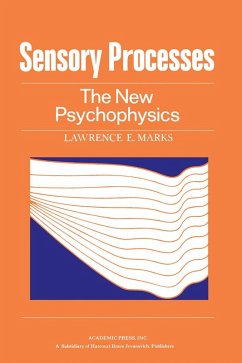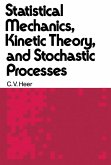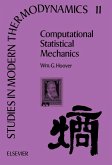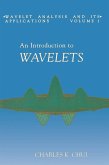Organized into seven chapters, this book starts with an overview of the fundamental methods for evaluating the magnitudes of sensation with emphasis direct scaling methods. This text then explains the advantages of direct scaling procedures in providing psychophysical and sensory-physical information. Other chapters consider the parameters of temporal and spatial distribution of the stimulus. This book discusses as well the other significant variables that determine sensitivity, particularly compositional variables that refer to wavelength and frequency of light and sound. The final chapter deals with several persistent issues and unresolved questions in the realm of sensory scaling.
Sensory psychologists, sensory scientists, researchers, and graduate students will find this book useful.
Dieser Download kann aus rechtlichen Gründen nur mit Rechnungsadresse in A, B, BG, CY, CZ, D, DK, EW, E, FIN, F, GR, HR, H, IRL, I, LT, L, LR, M, NL, PL, P, R, S, SLO, SK ausgeliefert werden.









